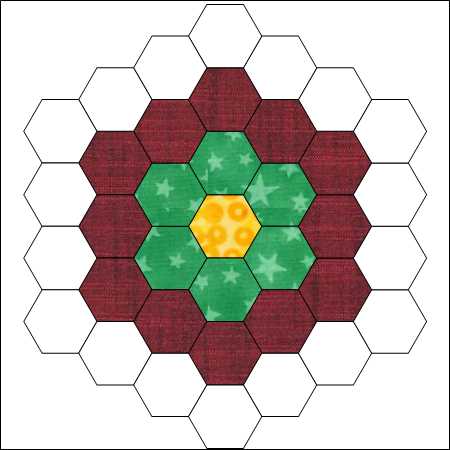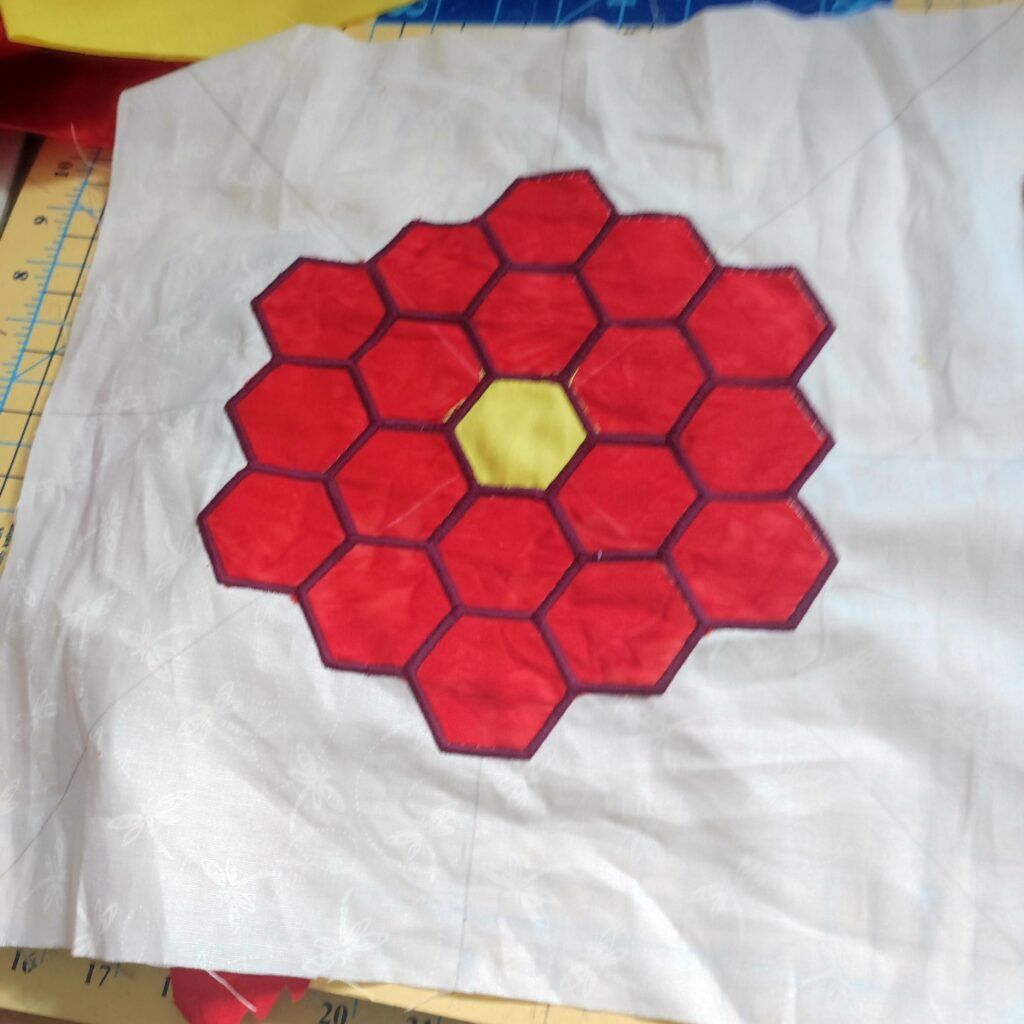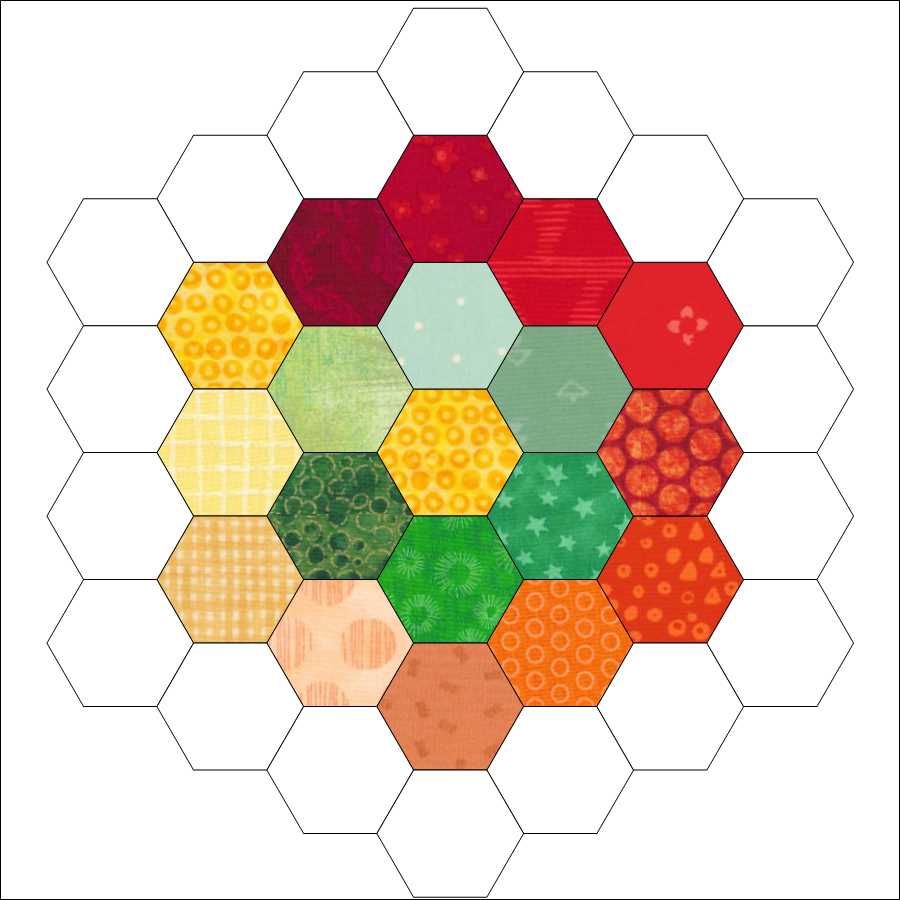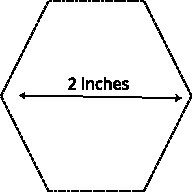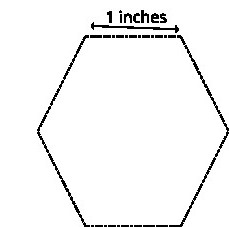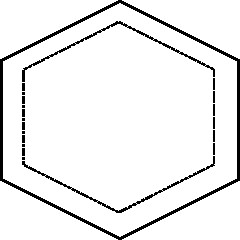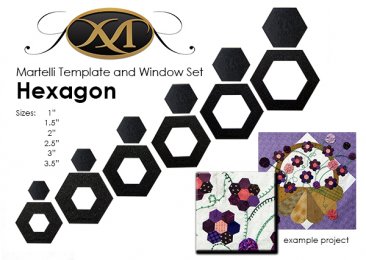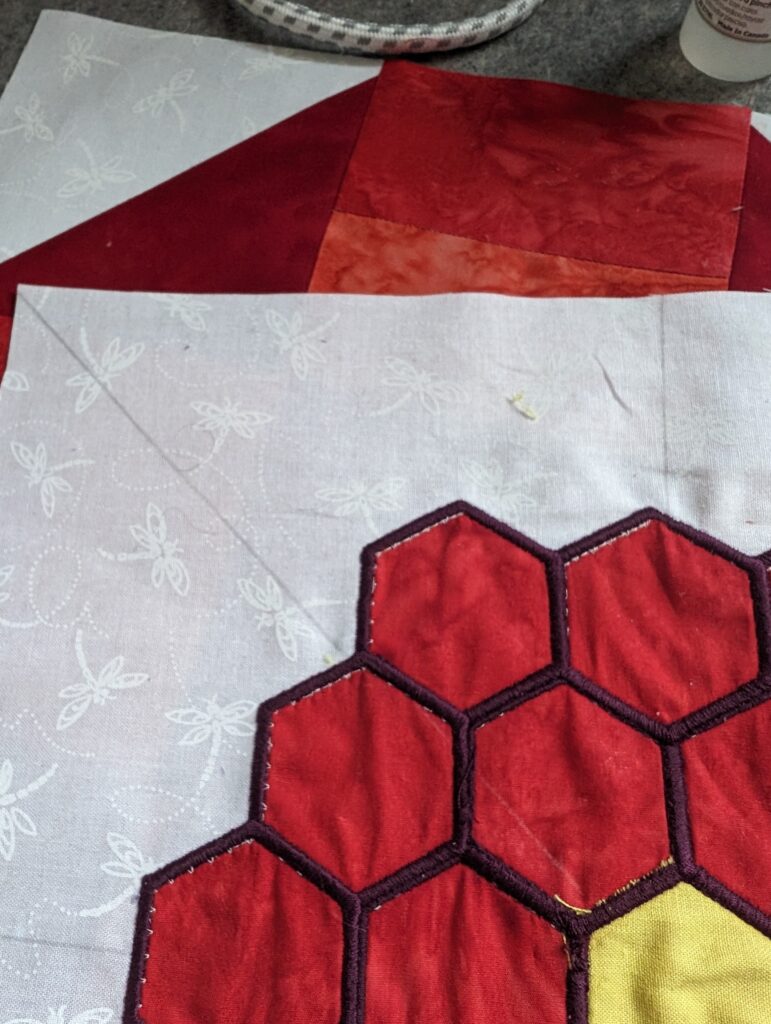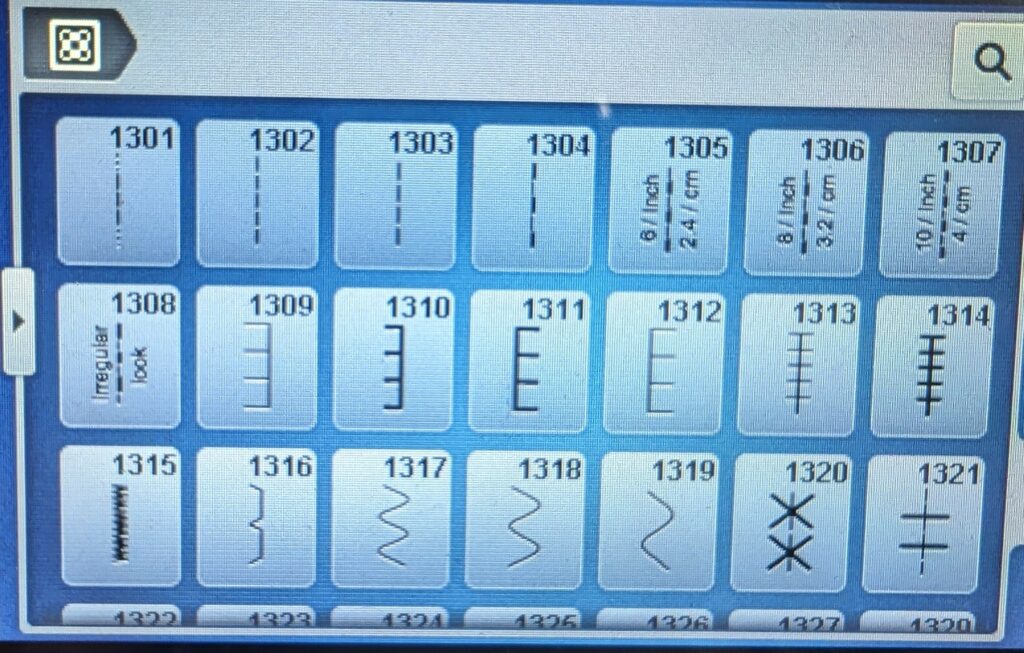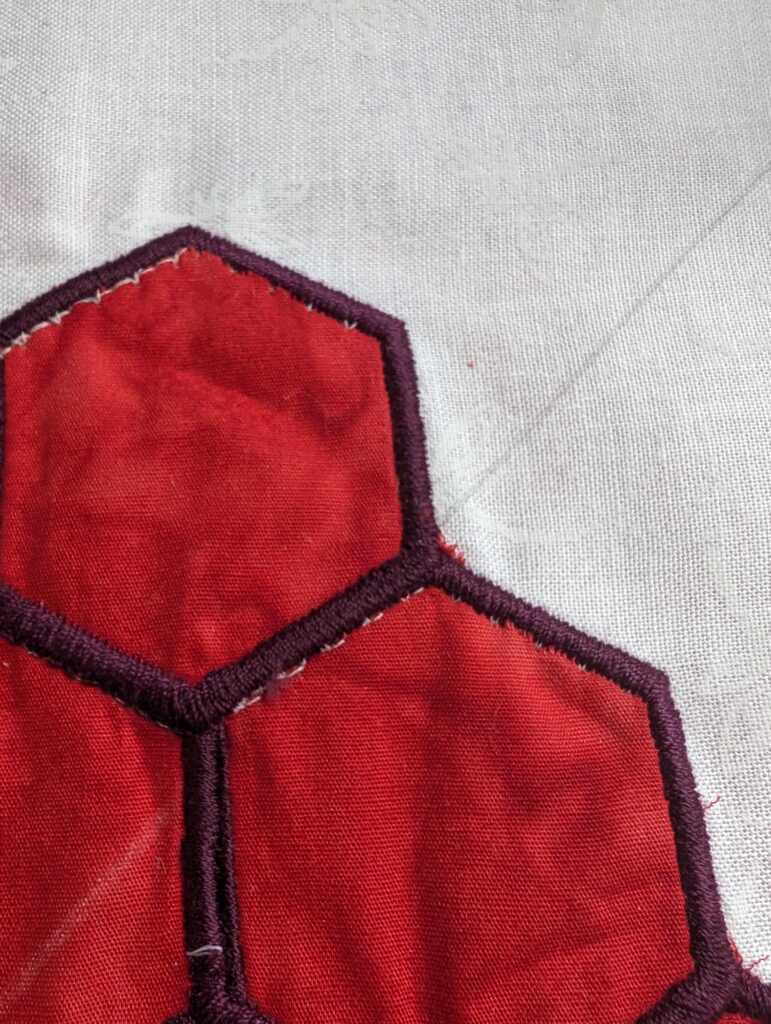Block 3 – Billie’s Sampler
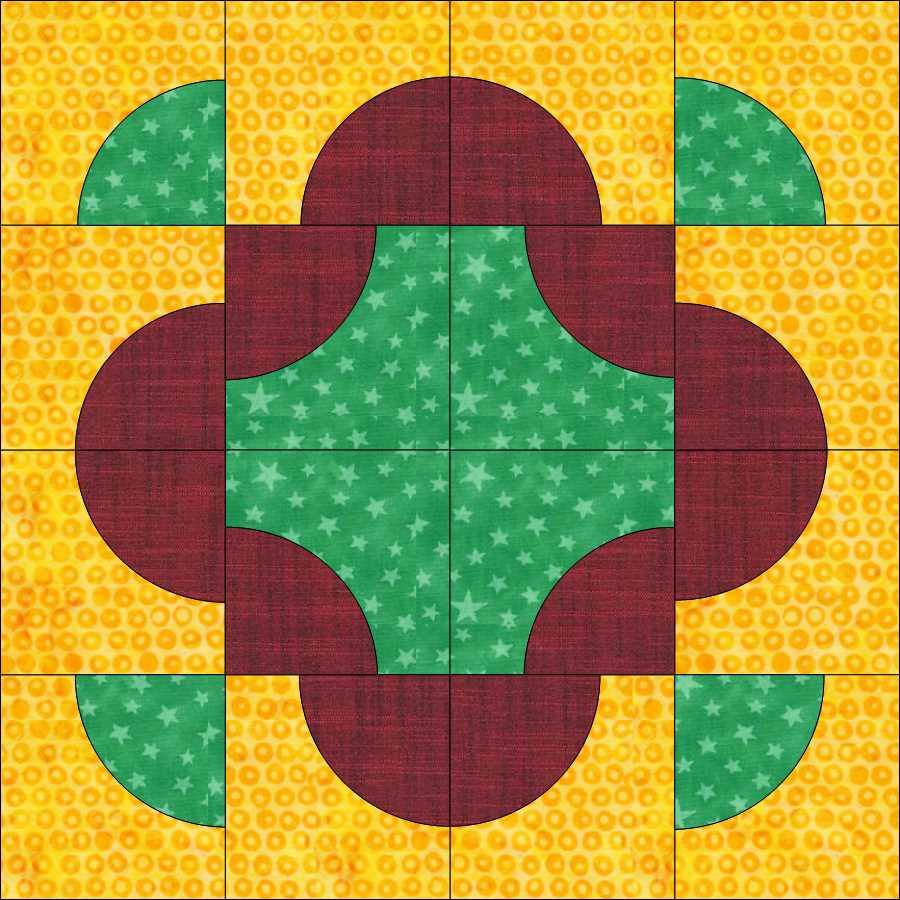
The Drunkards Path block is a tradtional block. However, it requres curved piecing. There are many videos and posts online how to make the tradtional Drunkards Path block. So I am not going to spend time elaborating. However I am attaching the templates to make the 16 blocks required for Block 3. Each block is 3″ inch finished.
Method
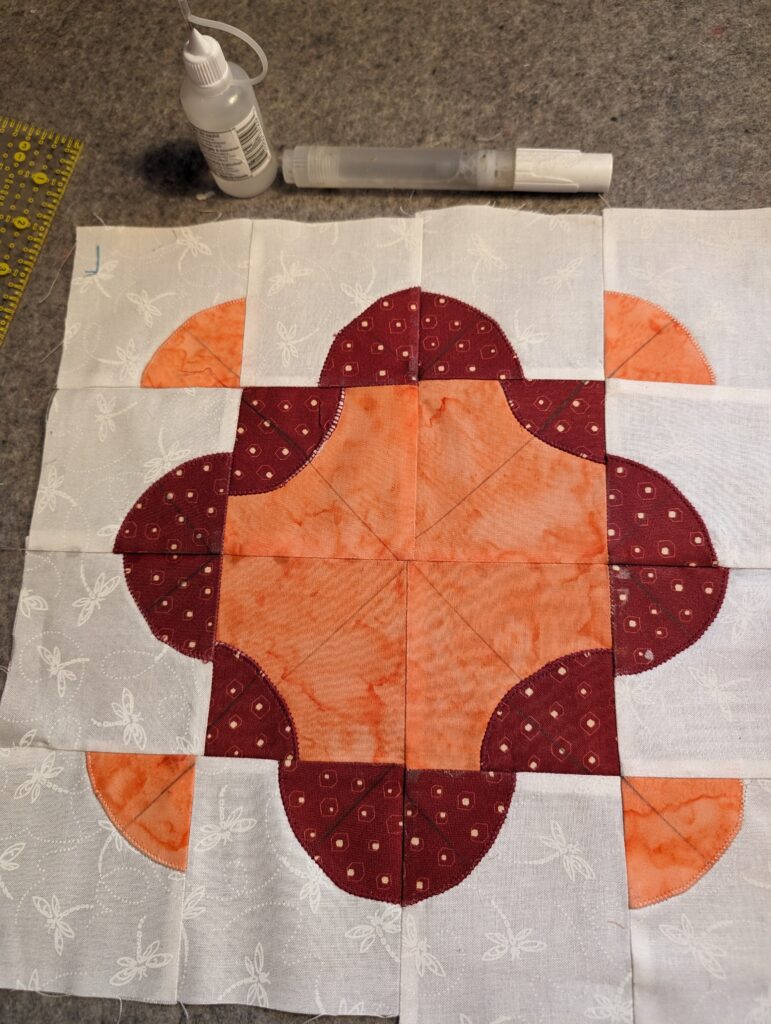
Cutting
4 x 7″ inch squares (3 background and 1 center fabric)
4 x 4″ inch circles (3 border and 1 corner fabic)
1 piece of Water Soluble Mesh
Attached circle templates
Making Circles
1 circle is to use the corner (center) fabic and 3 circles are the darker color for contrast. Place water soluble mesh stablizer on front (right side) of fabric and template on top of the mesh. Stitch using a straight stitch (used 1.8mm stitch )
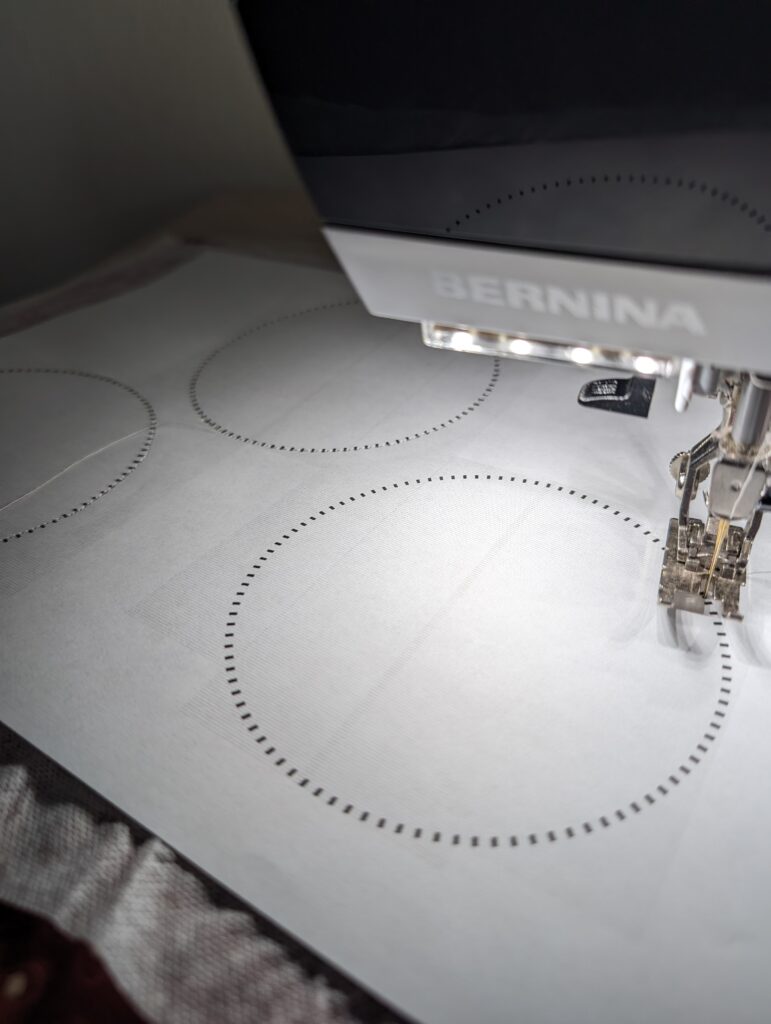
Cut your circles out with approximately 1./4″ inch allowance. Doesn’t have to be perfect.
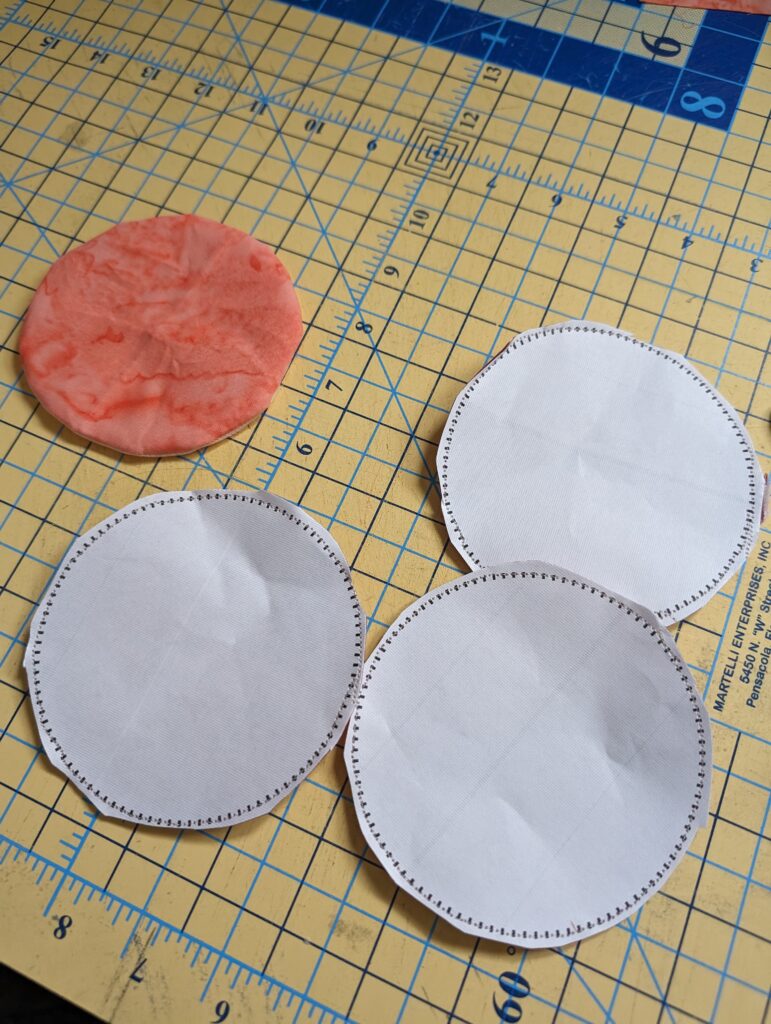
Remove paper template, should be easy when using a 1.8mm stitch.
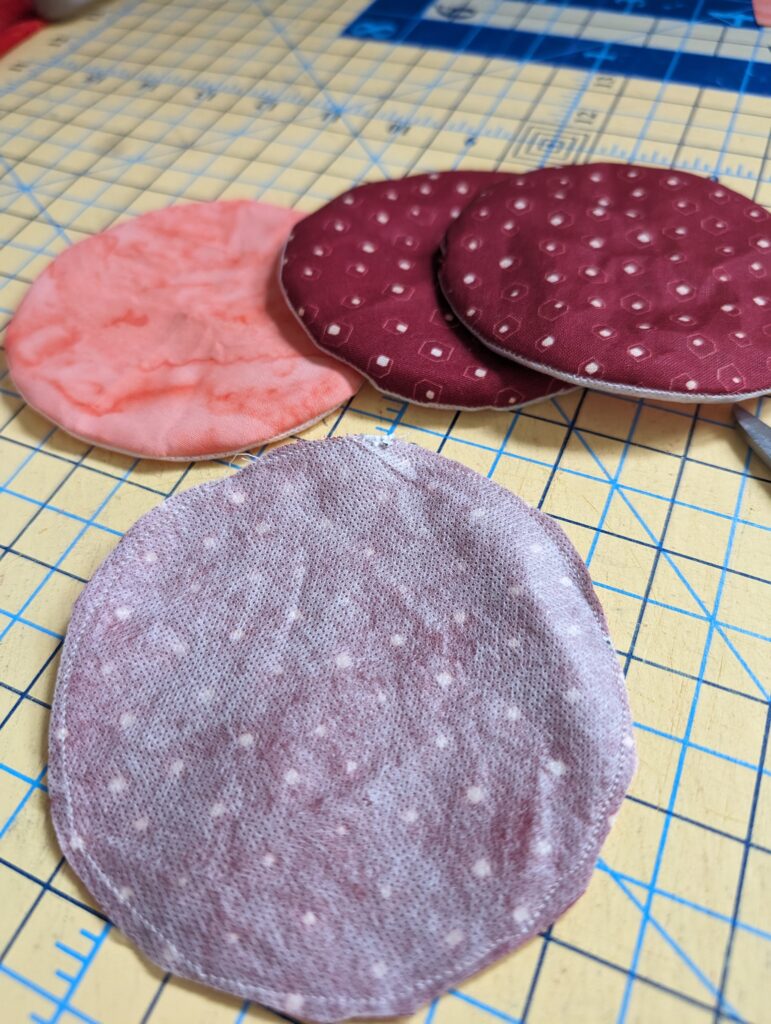
Clip a hole in the center of the mesh and turn your circles right side out. and you might want to press with a lightly warm iron (not a hot iron my melt or shrink your mesh) and do no use steam. Moisture with dissove the mesh.
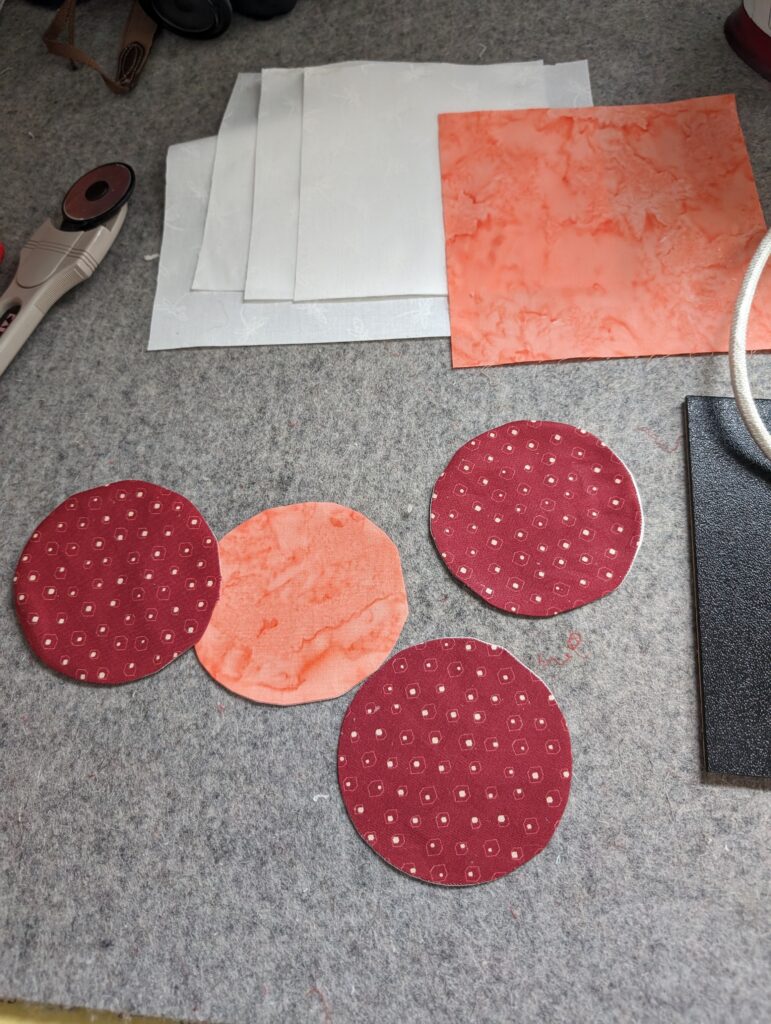
Now we must mark your circles with an X with the point in the center. Also at the same time mark your 7″ inch squares from corner to corner
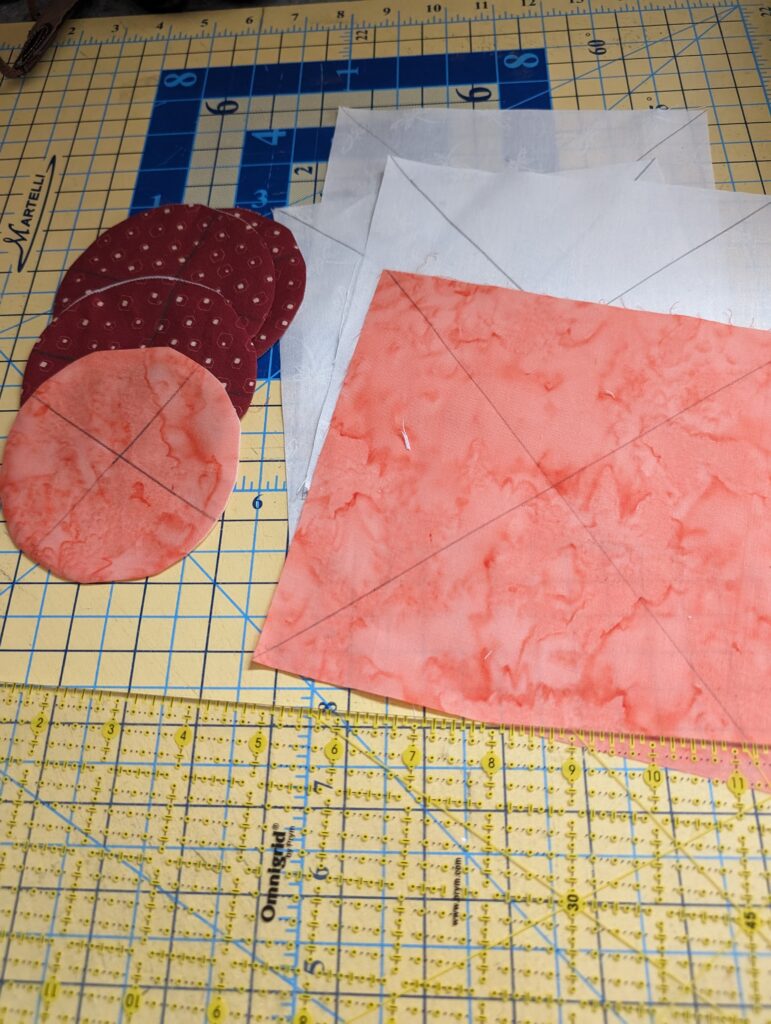
Using your prefered water soluble glue (for this project Elmer’s Purple Glue stick was used) glue your circles to the center of each of your squares using the lines to get everything perfect. use a warm iron to set your glue.
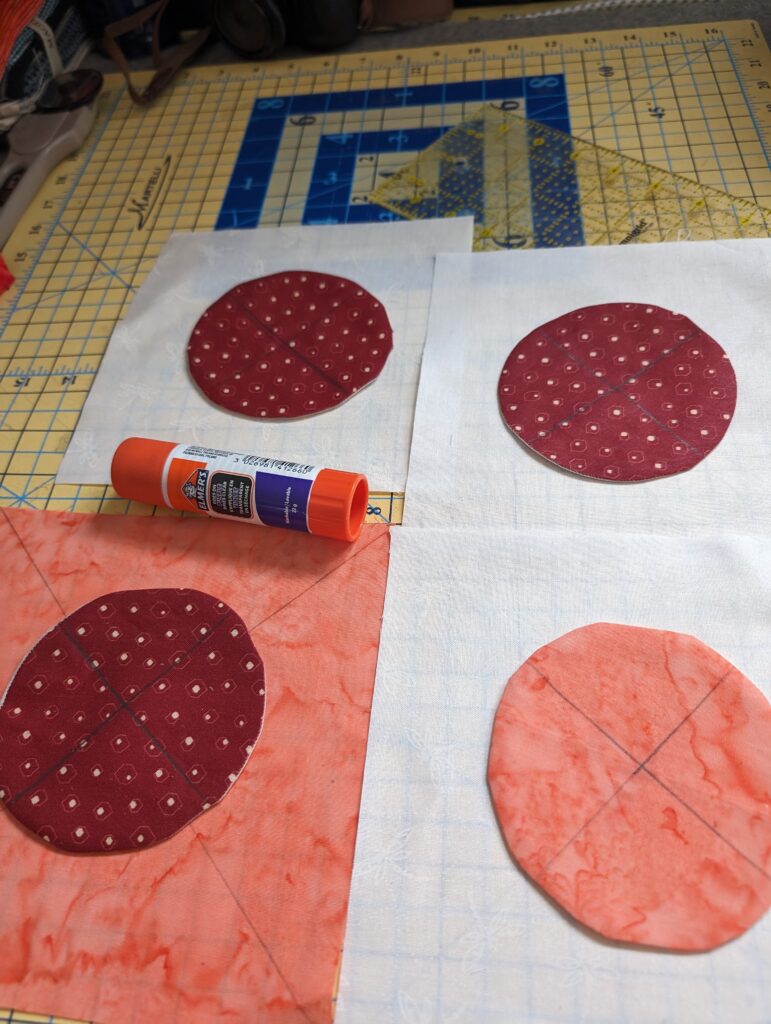
Once all the pieces are complete and stable Using a 2mm x 2mm blanket stitch (Amann Mettler Saba 150 wt thread) stitch your circles down. Work slowly so that the stitching is smooth as possible. Moving the needle to the far left and the #20D Bernina Open Toe foot was perfect for this task. You can use your favorite applique foot.
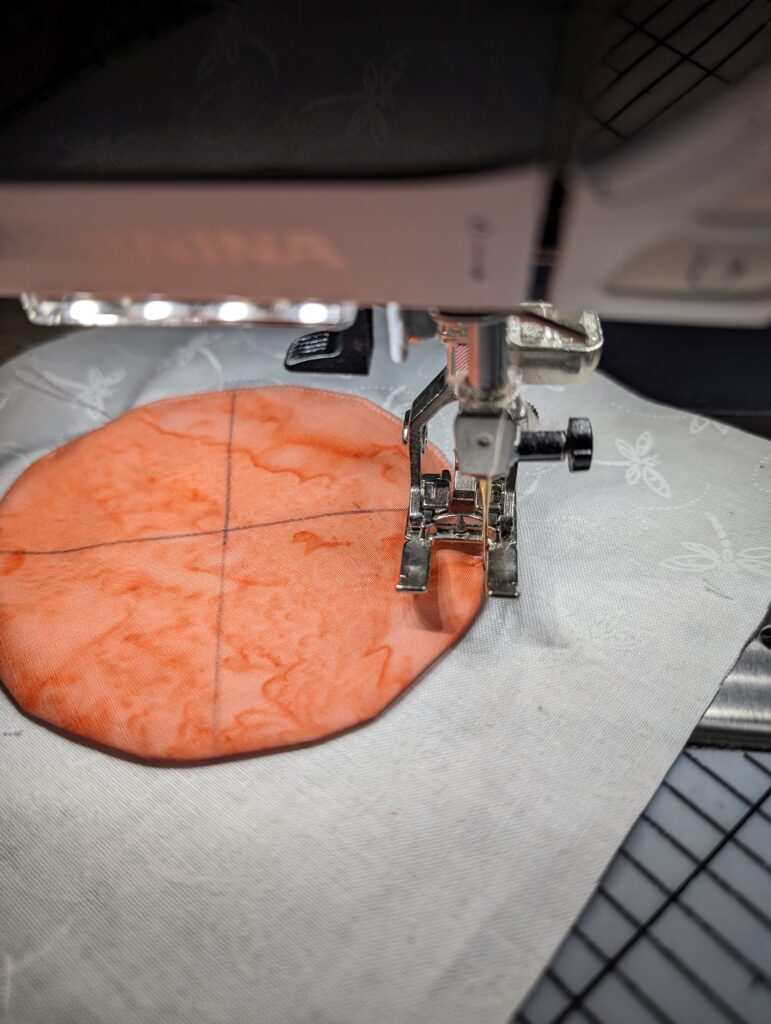
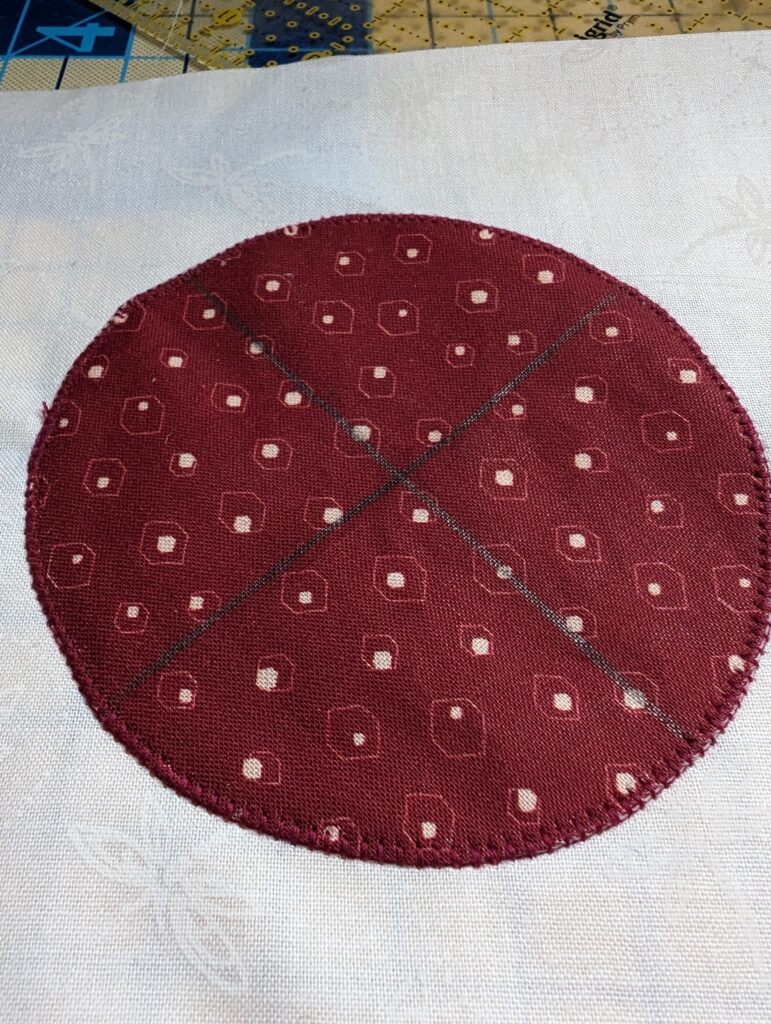
With the applique securly stitched. it is time to cut your 7″inch squares into 3 1/2″ quarters. There should be 4 blocks per 7″ inch block making a total of 16 – 3 1/2″ inch drunkards path block.
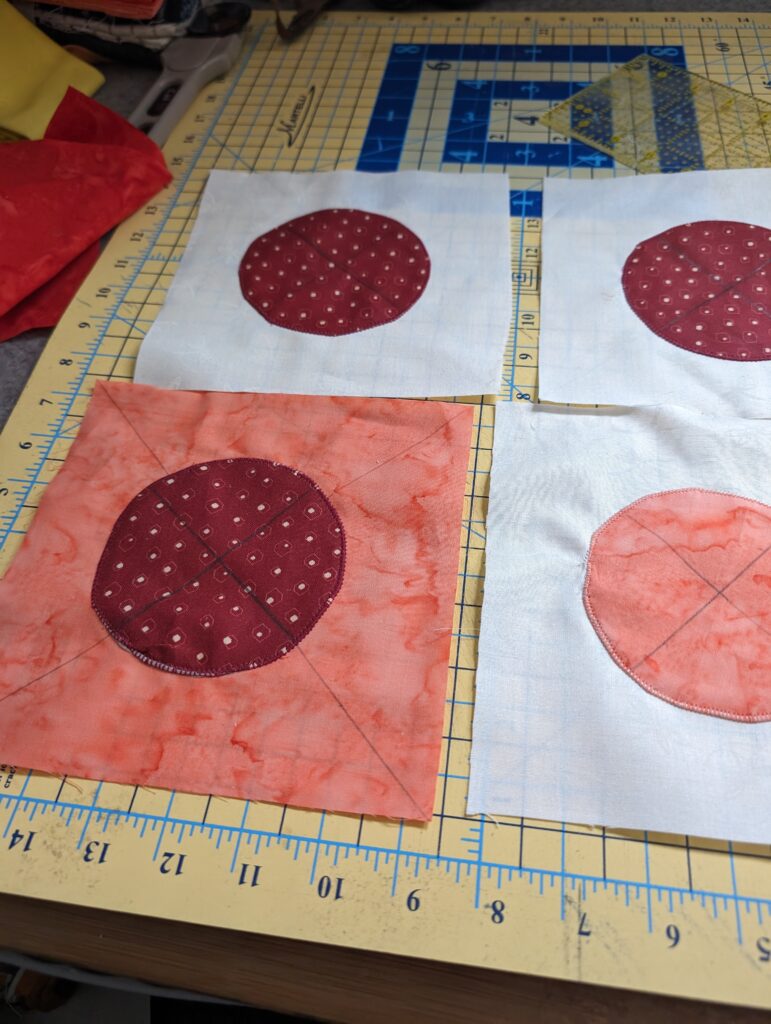
Layout your design. Careful to get all the curvers and points to match. You can see I used the Pink Batiks for my center and corner accents and white for the backgroud.
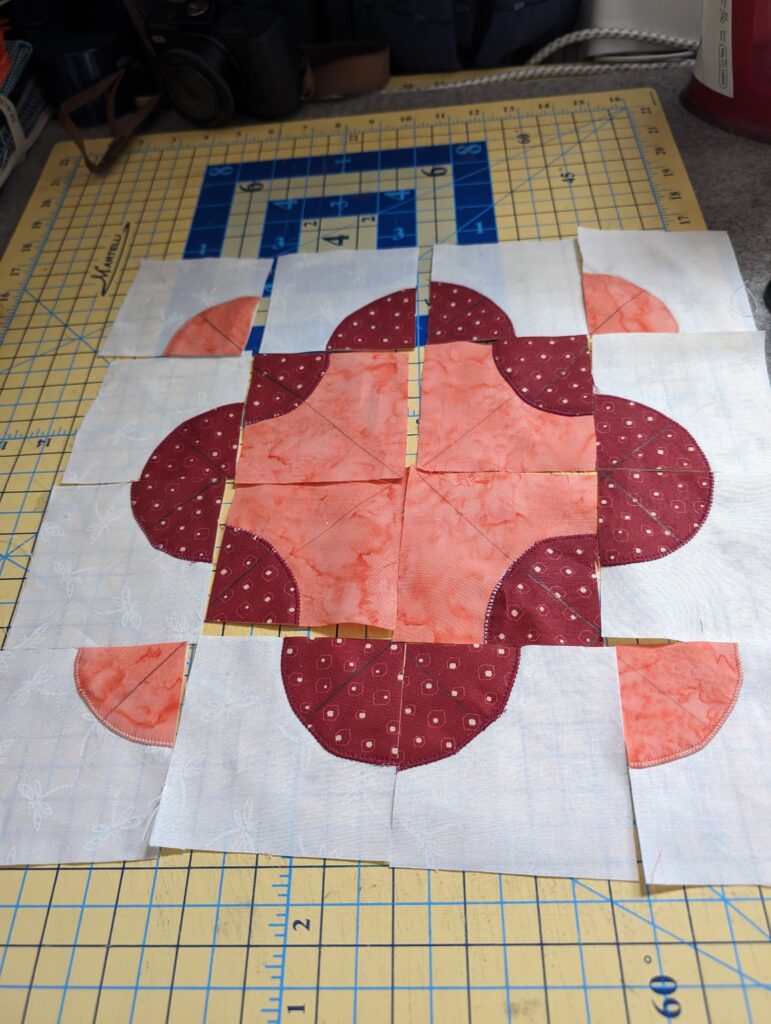
Piecing the block together is a simple matter of working with four patch block. Stitch two blocks at a time. the 4×4 grid or 16 patch is actual simply 4 x four patch blocks assembled into a pattern.
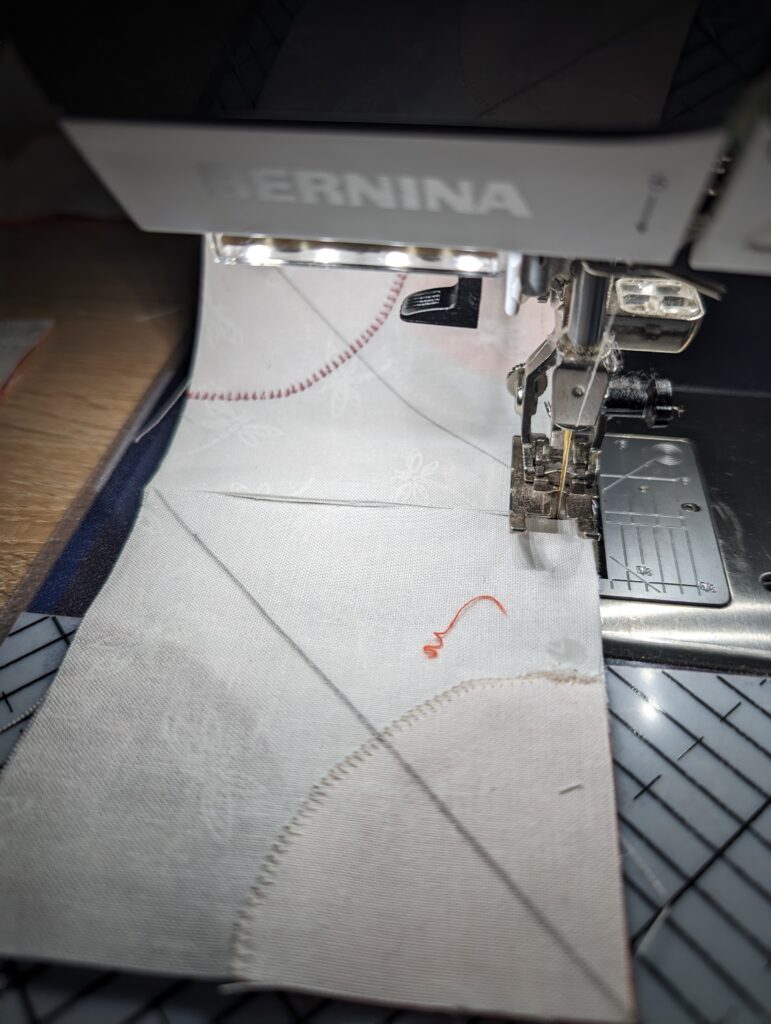
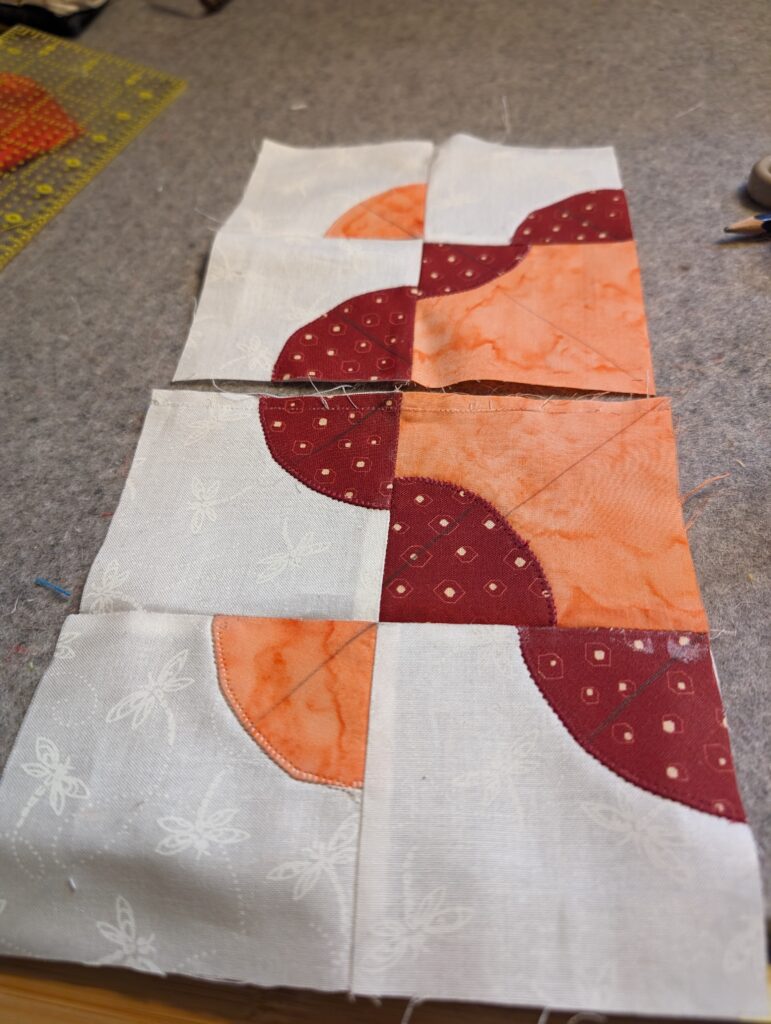
Caution when pressing seams. The center area of the blocks can become a little think and difficult to work with, Take your time and press your seams flat. I used Acorn Precision Piecing Pressing Solution.
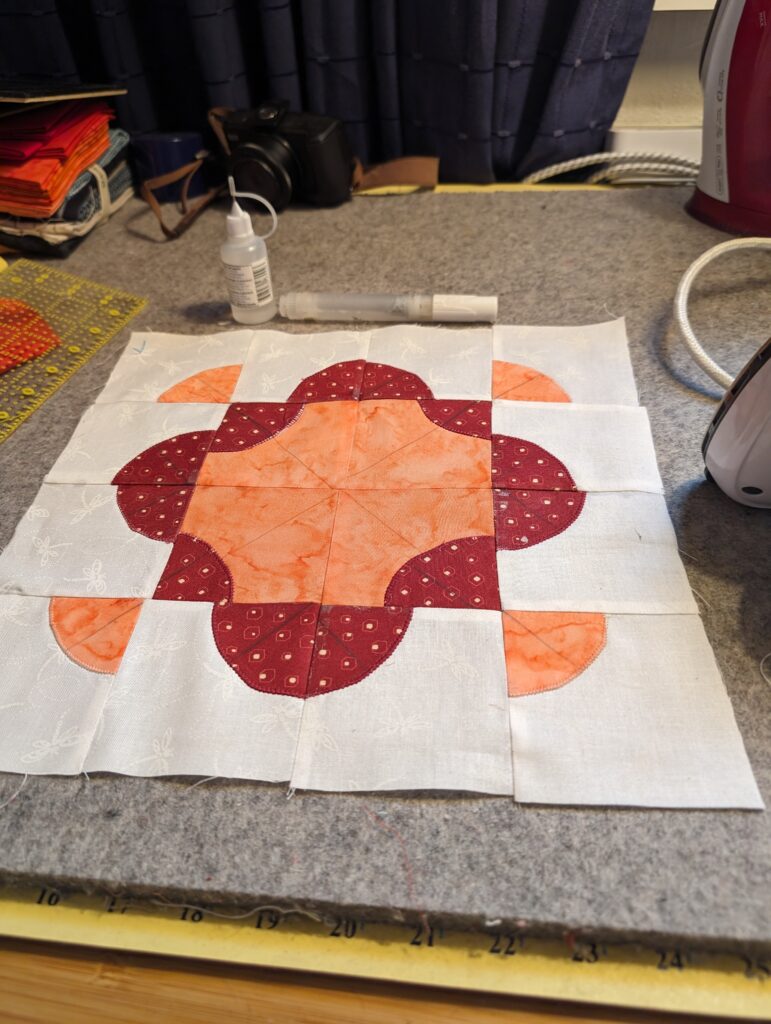
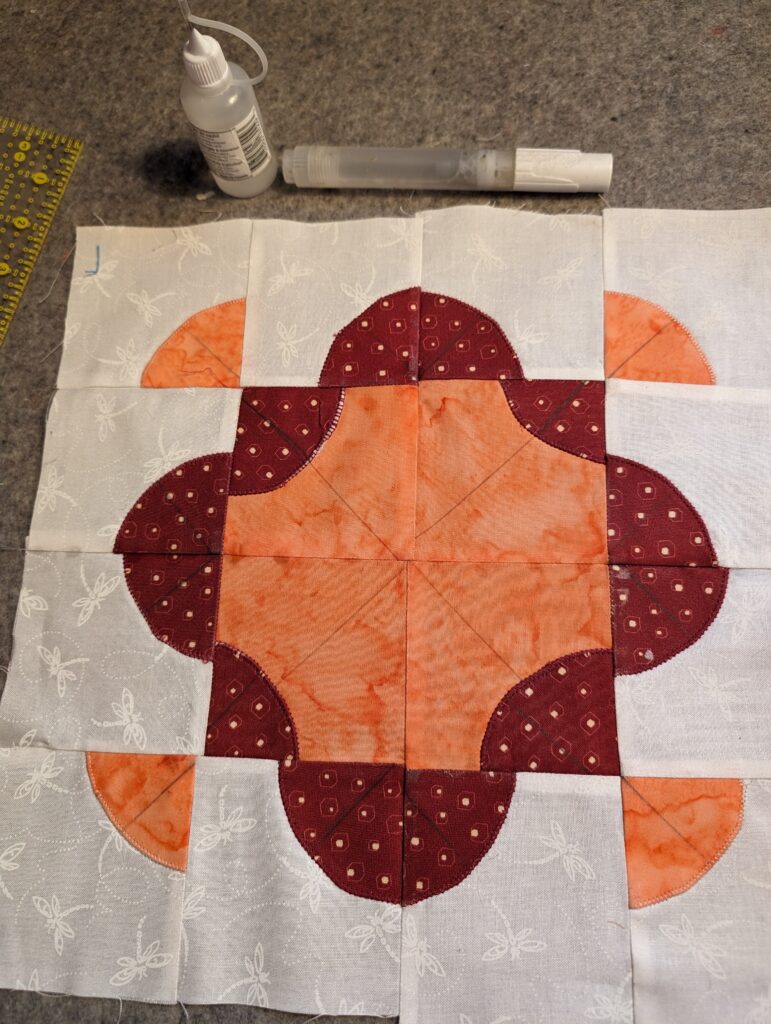
Now your block is finished. Success The Drunkards Path is complete. With that over with, a huge sigh of relief on my part. I have done several challenges using drunkards path, and I can honestly say this is not a favorite. But it is complete.? And acceptable for me. Even though not perfect.
